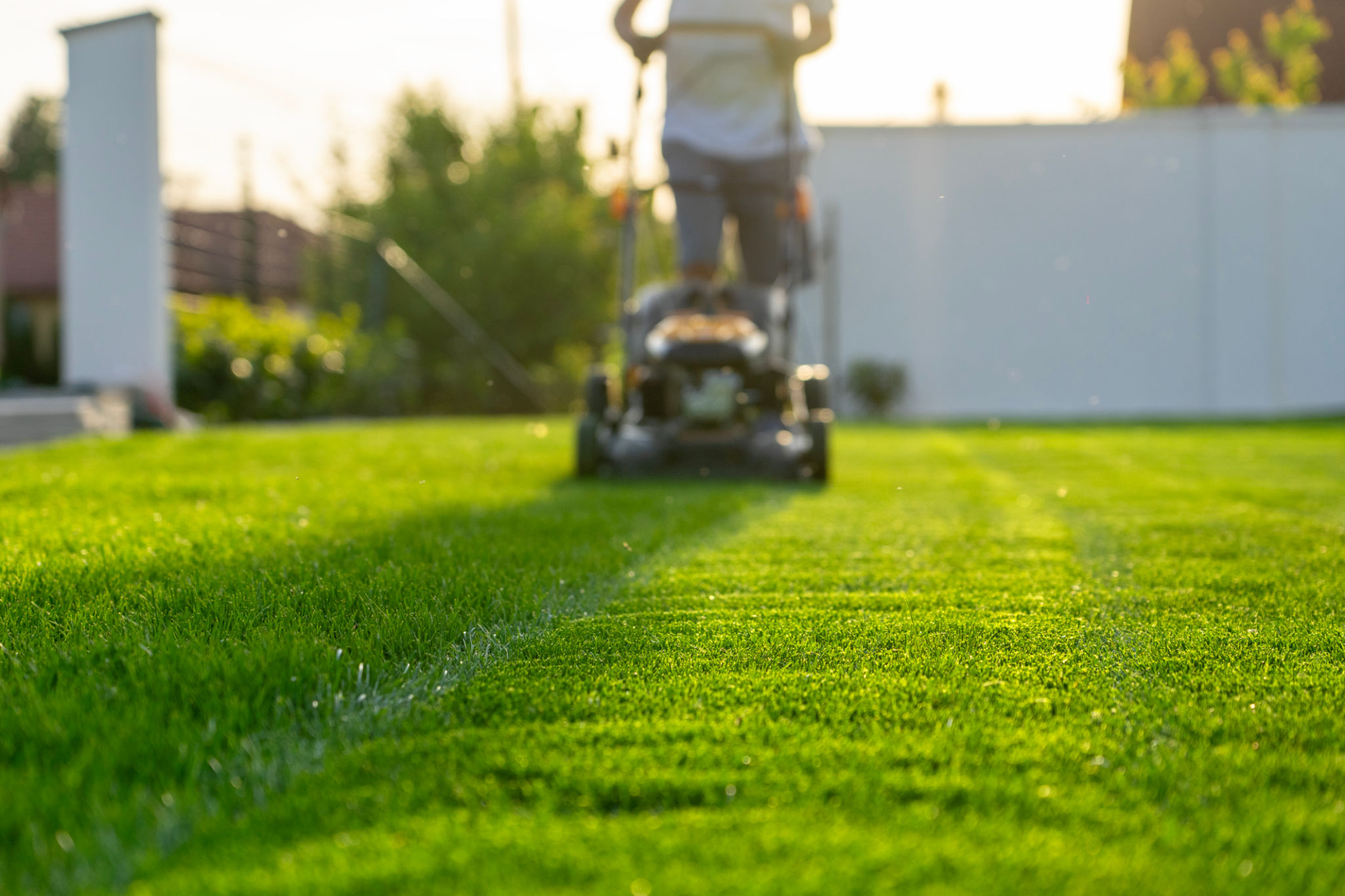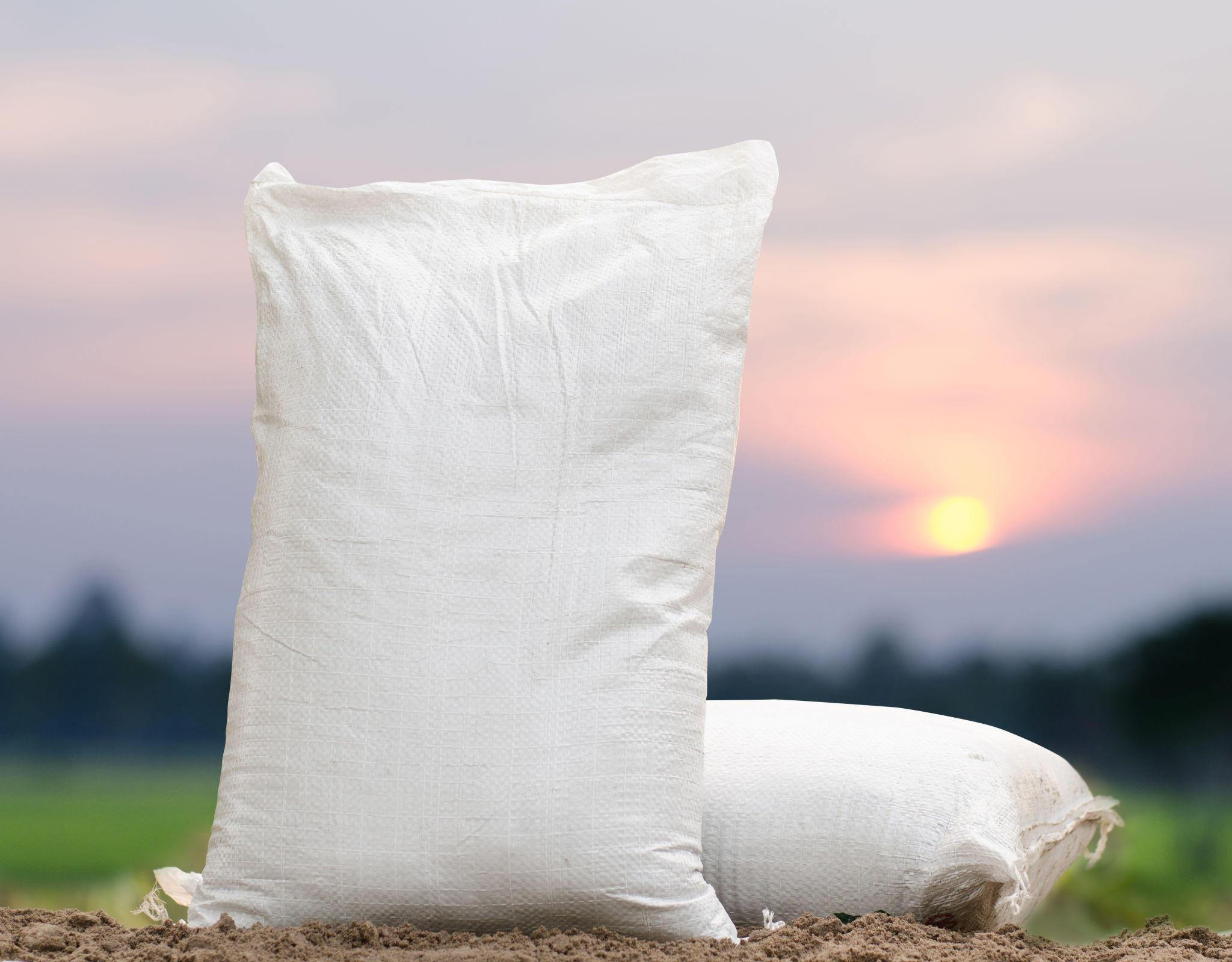Expert Insights on Lawn Fertilization Techniques
Ro
Understanding the Basics of Lawn Fertilization
Lawn fertilization is a critical component of maintaining a lush, green yard. The key to successful fertilization lies in understanding the needs of your lawn and applying the right nutrients at the right time. This ensures that your grass has the resources to grow healthy and strong. Fertilization can be a complex task, but breaking it down into manageable steps can make the process more approachable.

The Importance of Soil Testing
Before you begin any fertilization program, it's essential to conduct a soil test. Soil testing provides valuable insights into the nutrient composition of your lawn, helping you determine which elements are lacking. This information is crucial for selecting the appropriate fertilizer and avoiding over-fertilization, which can damage grass and harm the environment.
Soil tests are typically available through local extension services or garden centers. The results will guide you in choosing a fertilizer that caters specifically to your lawn's needs. Always re-test your soil periodically to adjust your fertilization plan as needed.
Selecting the Right Fertilizer
With a plethora of fertilizers on the market, selecting the right one can seem daunting. Fertilizers are classified based on their nutrient content, primarily nitrogen (N), phosphorus (P), and potassium (K), often referred to as N-P-K ratios. Each of these nutrients plays a distinct role in lawn health. Nitrogen promotes lush, green growth; phosphorus supports root development; and potassium enhances overall plant resilience.

When choosing a fertilizer, consider both your soil test results and the season. For instance, a high-nitrogen fertilizer is ideal for spring growth, while potassium-rich options are better suited for fall applications to prepare grass for winter dormancy.
Timing Your Fertilization
Timing is crucial when it comes to lawn fertilization. Applying fertilizers at the wrong time can lead to nutrient runoff, wasted resources, and suboptimal lawn health. Generally, the best times to fertilize are in early spring and late fall. During these periods, grass is either coming out of dormancy or preparing for it, making it more receptive to nutrients.
- Spring: Apply a balanced fertilizer as grass begins to grow actively.
- Summer: Light fertilization may be necessary in some climates; however, avoid over-fertilizing during hot months.
- Fall: Use a potassium-rich fertilizer to bolster root strength before winter.

Application Methods
The method you choose to apply fertilizer can significantly impact its effectiveness. Broadcast spreaders and drop spreaders are popular tools that ensure even distribution across your lawn. A broadcast spreader covers a wide area quickly, while a drop spreader offers precision in tight spaces.
Regardless of the method, it's important to follow the manufacturer's guidelines on application rates. Over-application can lead to nutrient burn, harming your grass more than helping it. Additionally, ensure that you water your lawn after fertilizing to help nutrients absorb into the soil effectively.
Environmental Considerations
Lawn fertilization doesn't just impact your yard; it affects the broader environment as well. Runoff from improperly applied fertilizers can pollute waterways and harm wildlife. To minimize environmental impact, always adhere to recommended application rates and avoid fertilizing before heavy rainfalls.
Consider organic or slow-release fertilizers as eco-friendly alternatives that reduce the risk of runoff. These products release nutrients gradually, providing a sustained feeding for your lawn while being gentler on the environment.
Conclusion
Mastering lawn fertilization requires a blend of knowledge and practice. By understanding your soil's needs, selecting appropriate fertilizers, timing applications correctly, and employing effective methods, you can achieve a vibrant lawn that enhances your property's beauty and health. Remember that patience and consistency are key, as the rewards of a well-maintained lawn extend far beyond aesthetics.
